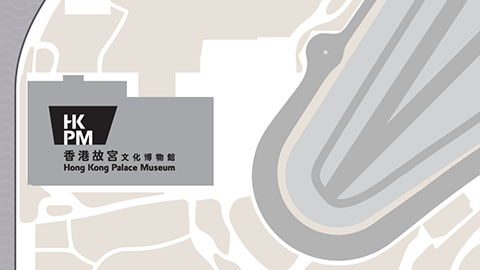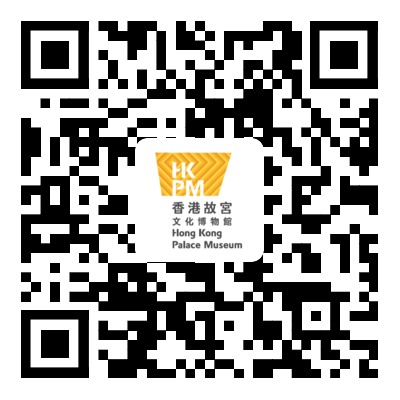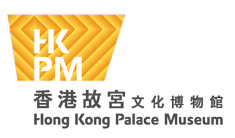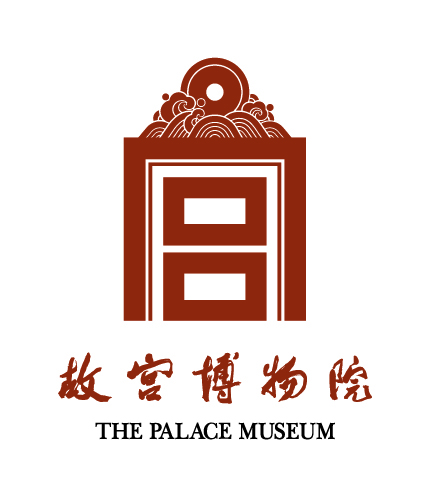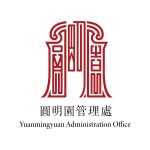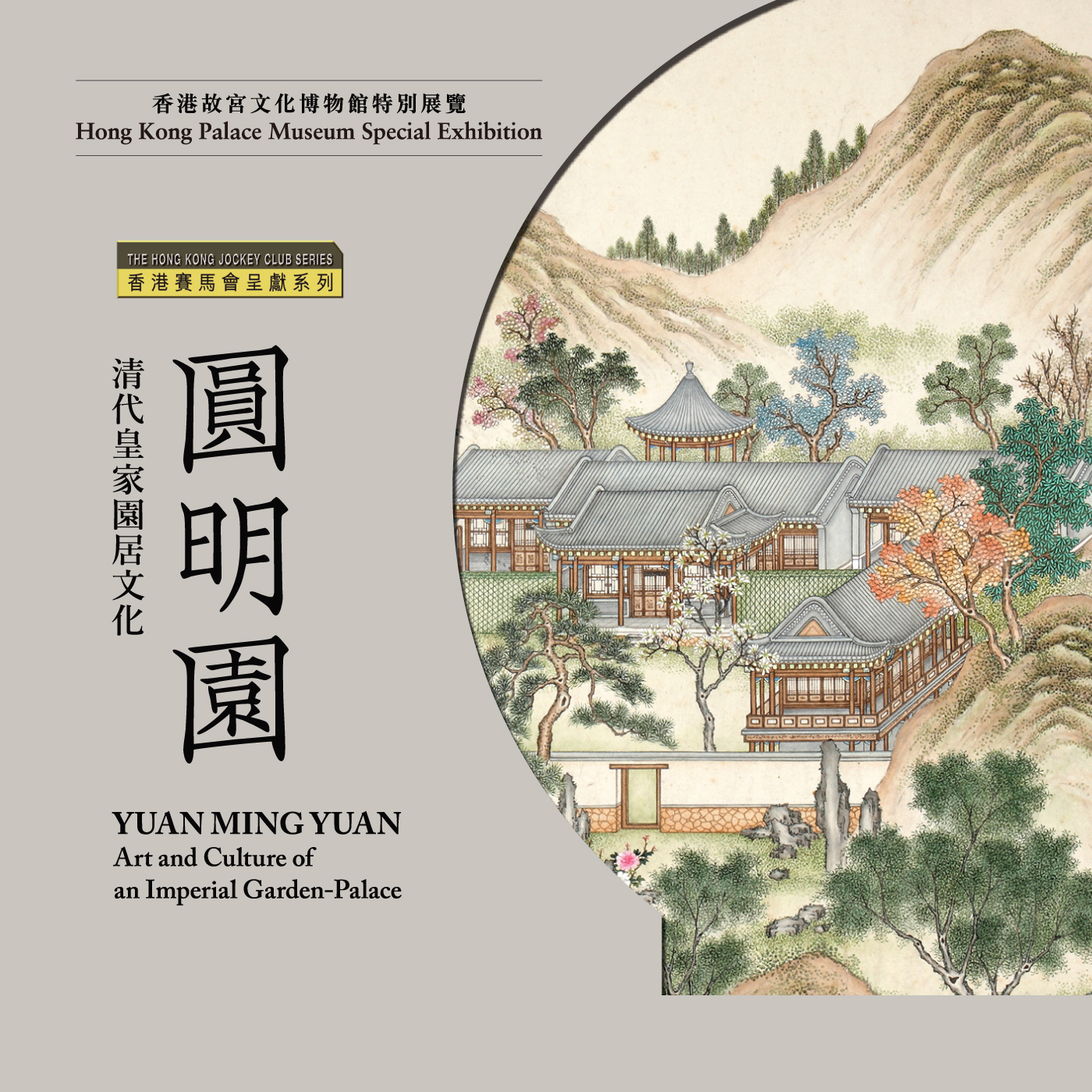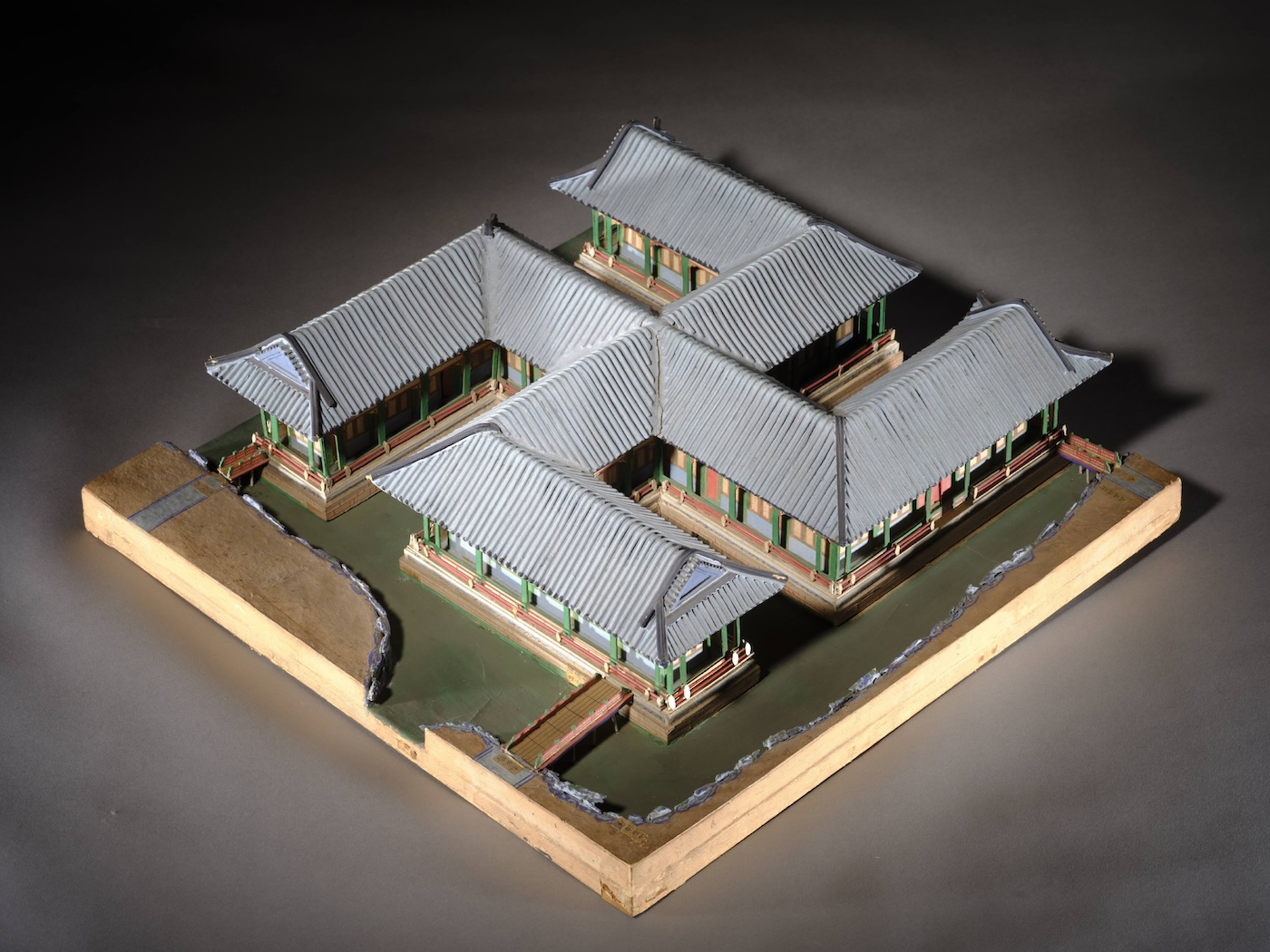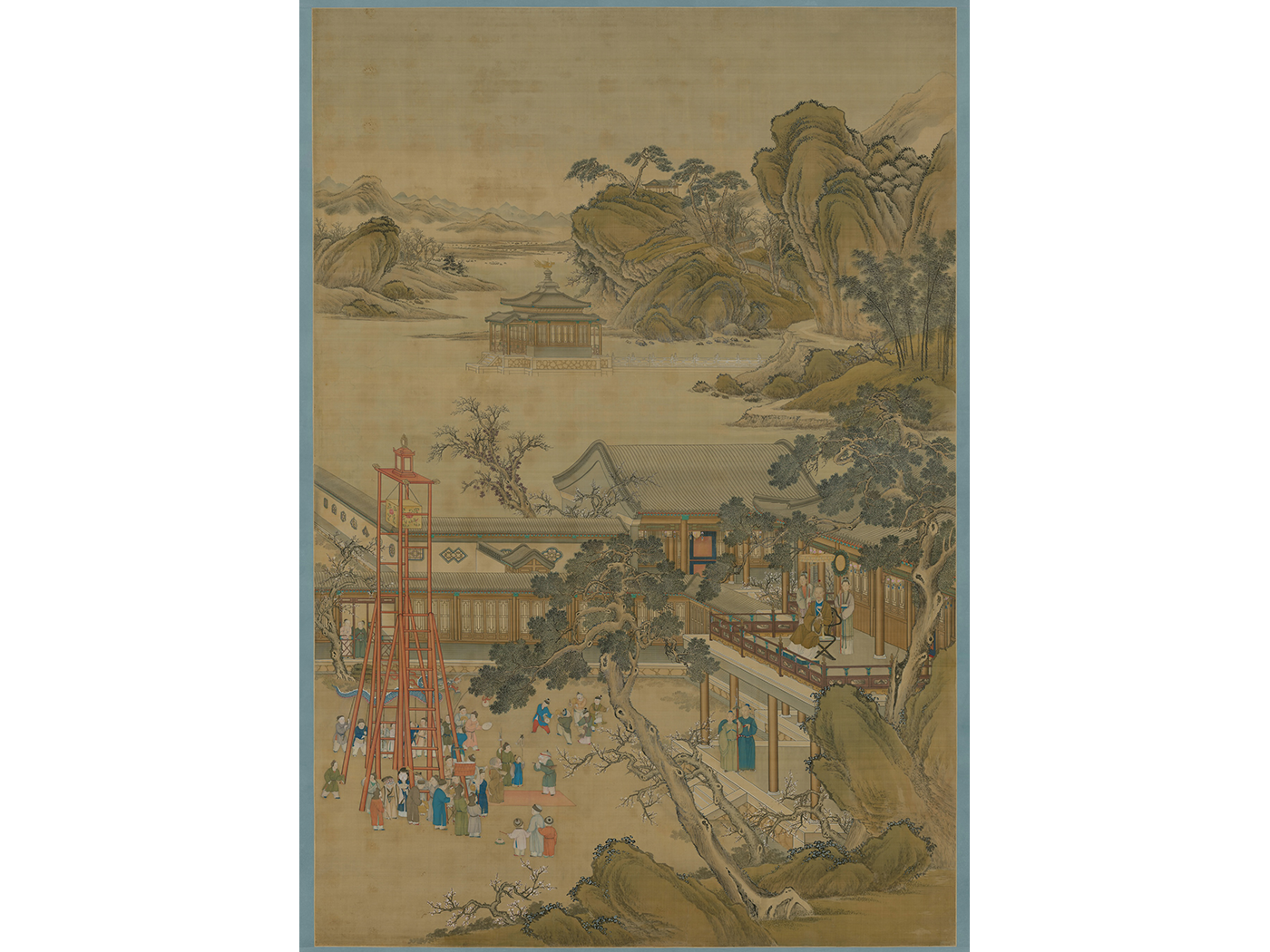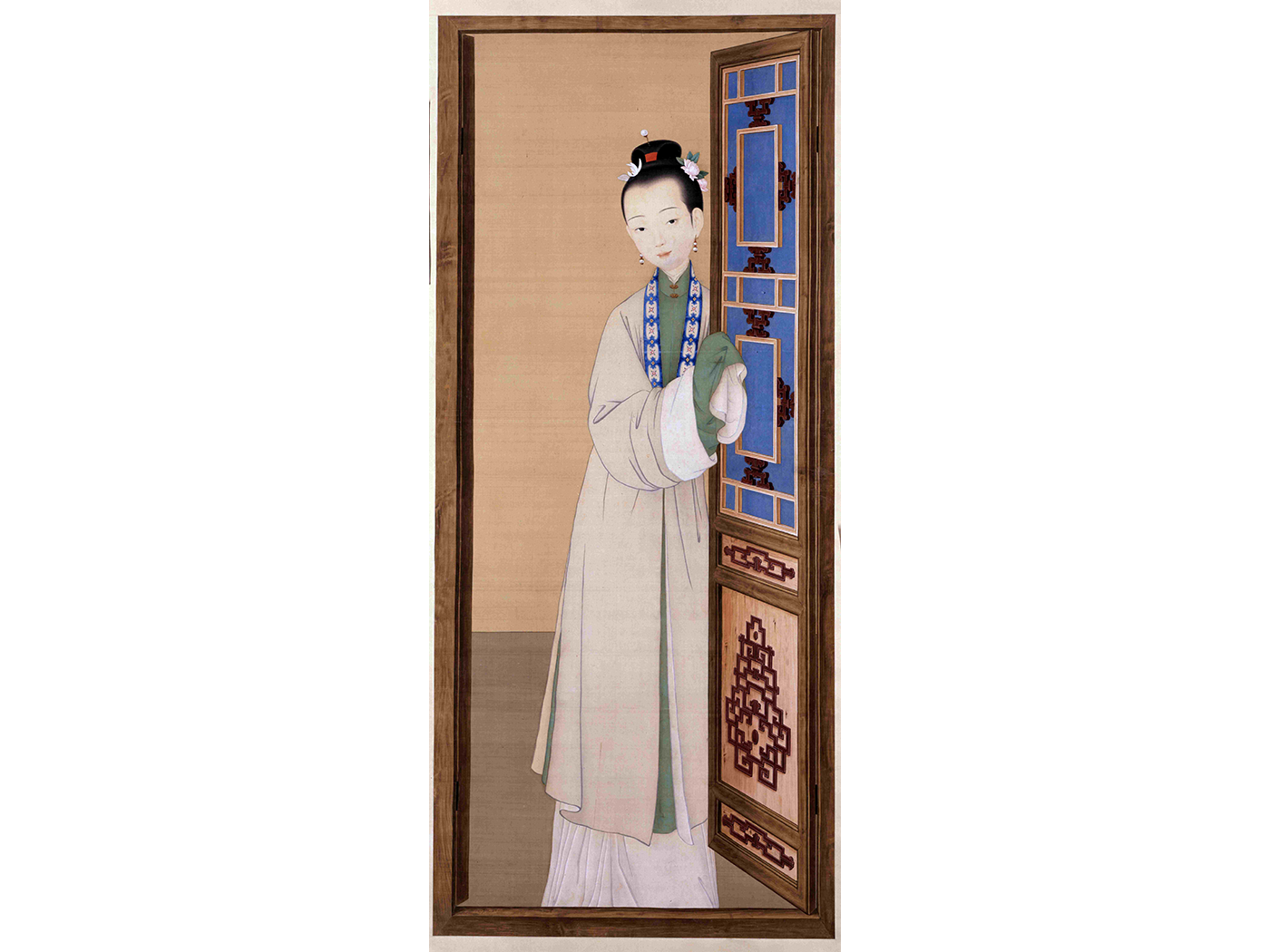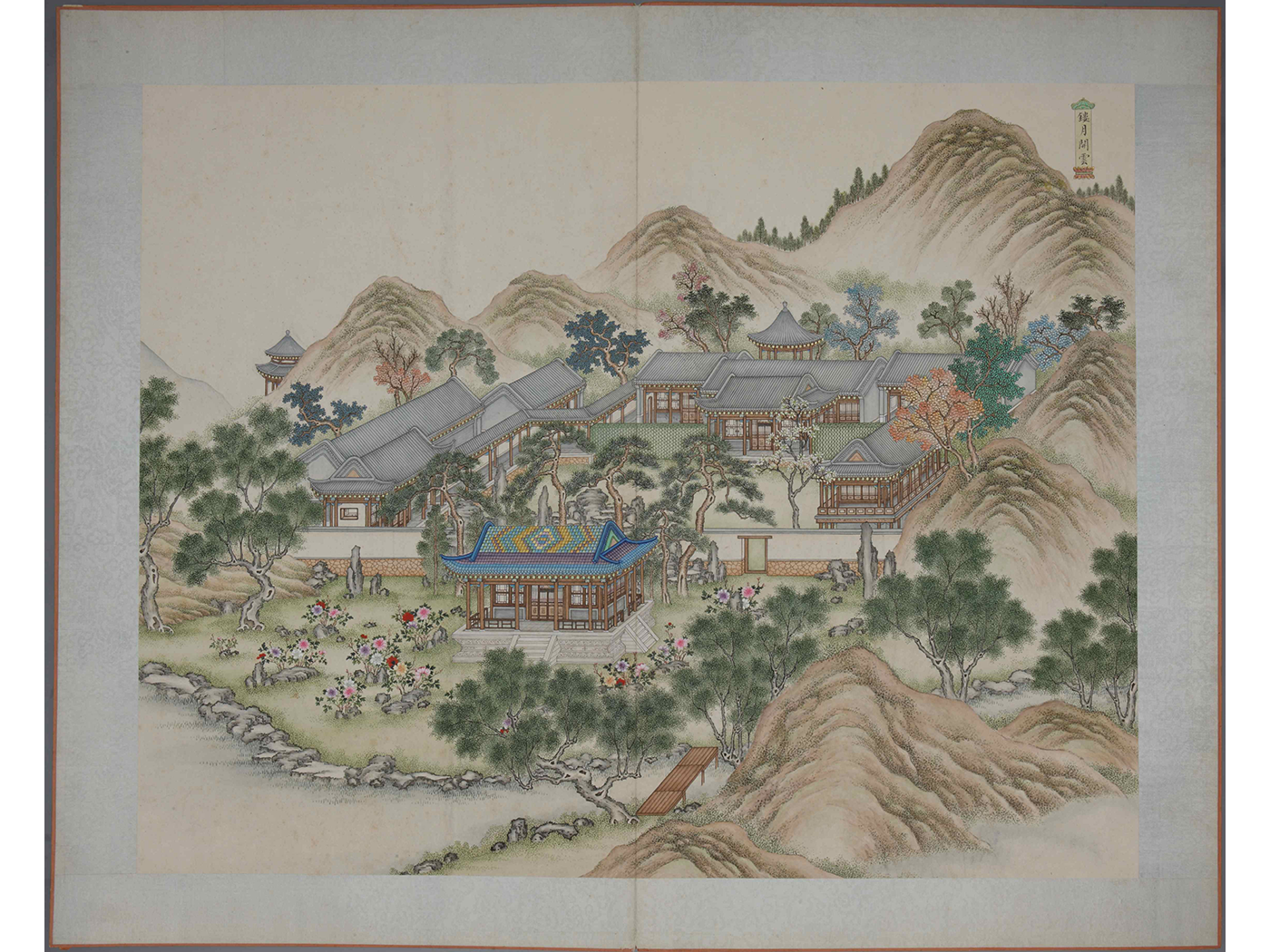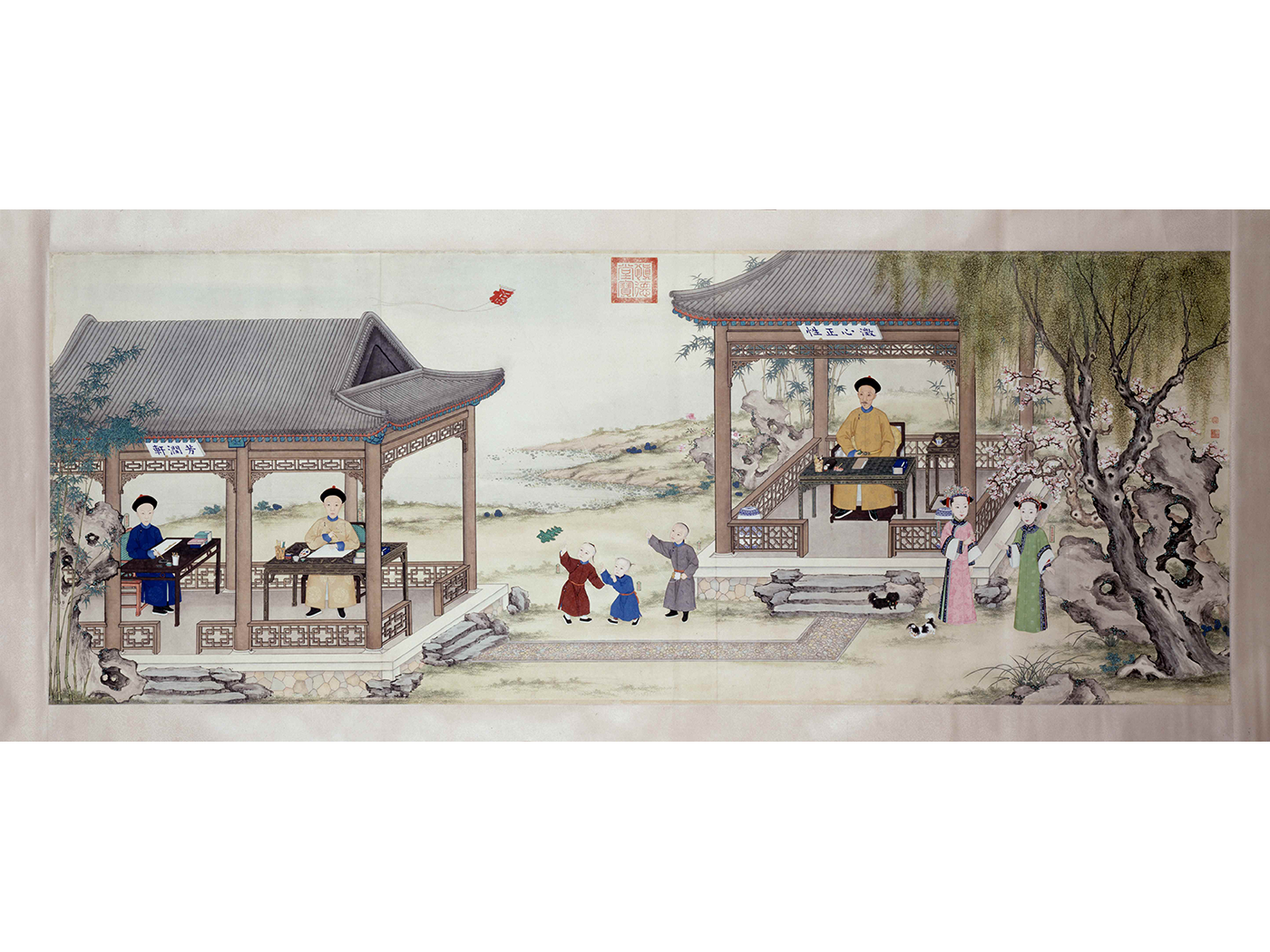Shedding new light on Yuanming yuan (Garden of Perfect Brightness) by featuring over 190 spectacular paintings, architectural models, and other works associated with this once-magnificent Qing dynasty imperial garden-palace, which served as the principal residence of five Qing emperors. The exhibition highlights the garden's space and layout, festival activities, aesthetic tastes of the emperors, and the stories about the imperial family dwelling in the garden. In this exhibition, visitors will discover the crowning achievements of imperial garden-palace design, the stories about the garden’s principal residents, and the history of the Qing imperial court.
The exhibition is jointly organised by the Hong Kong Palace Museum, the Palace Museum, and the Yuanmingyuan Administration Office of Haidian District of Beijing. It is solely sponsored by The Hong Kong Jockey Club Charities Trust.
Jointly organised by
Solely sponsored by:
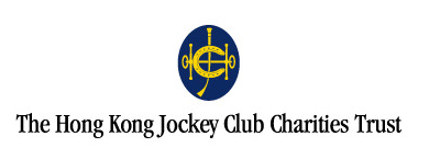
Disclaimer: In no event shall the Funder have any liability of any kind to any person or entity arising from or related to any actions taken or not taken as a result of any of the contents herein.
